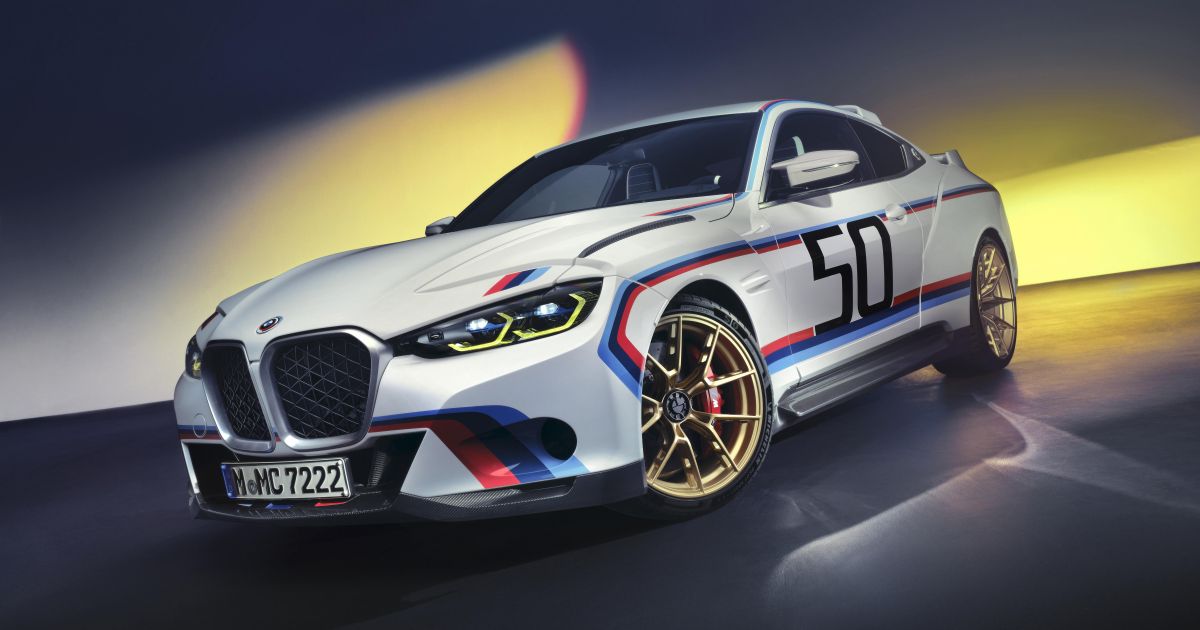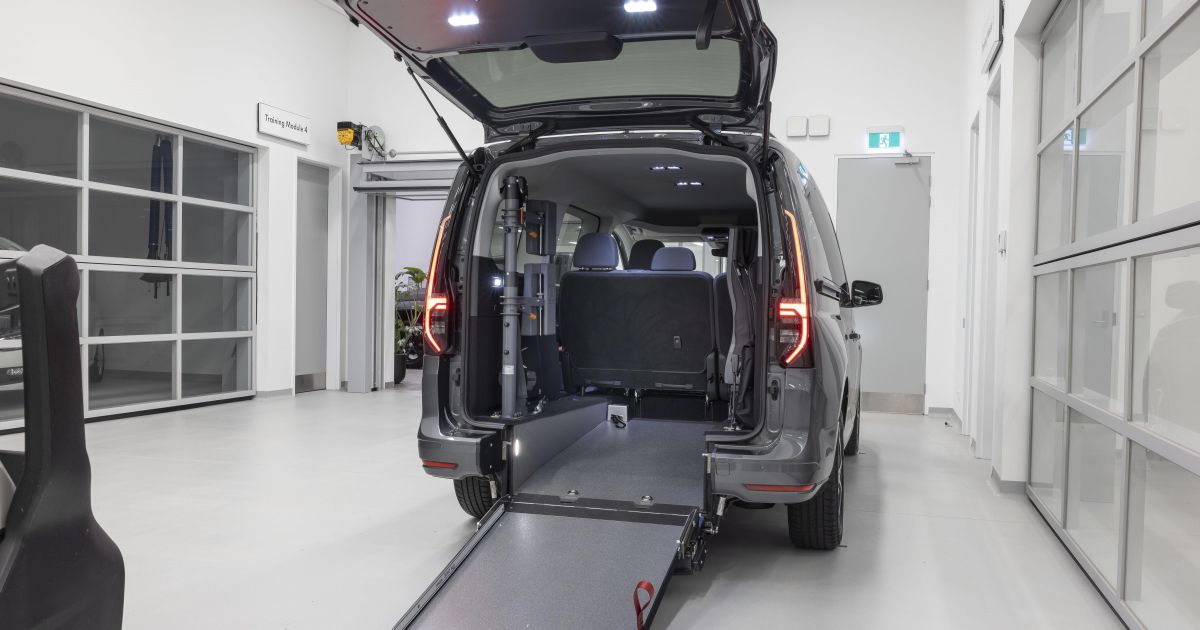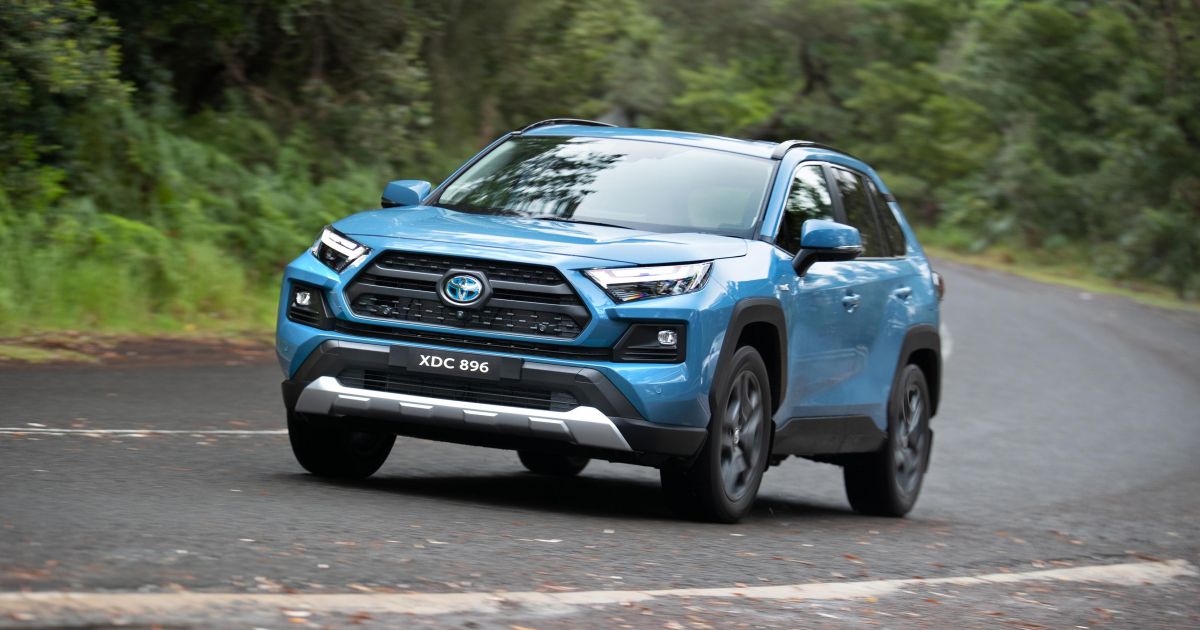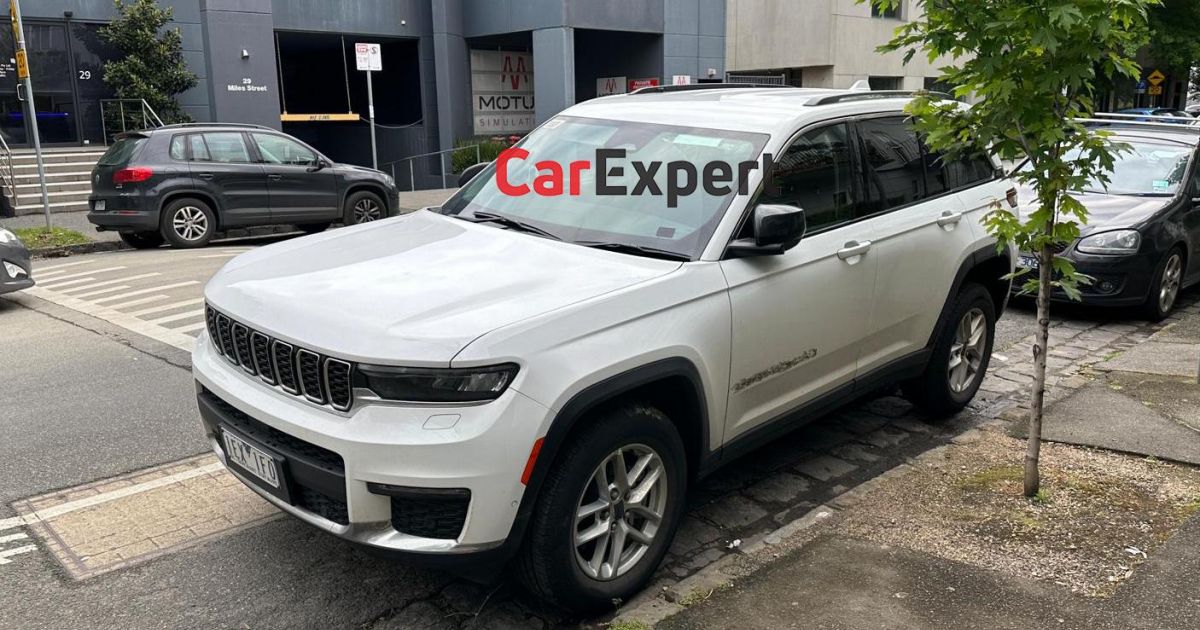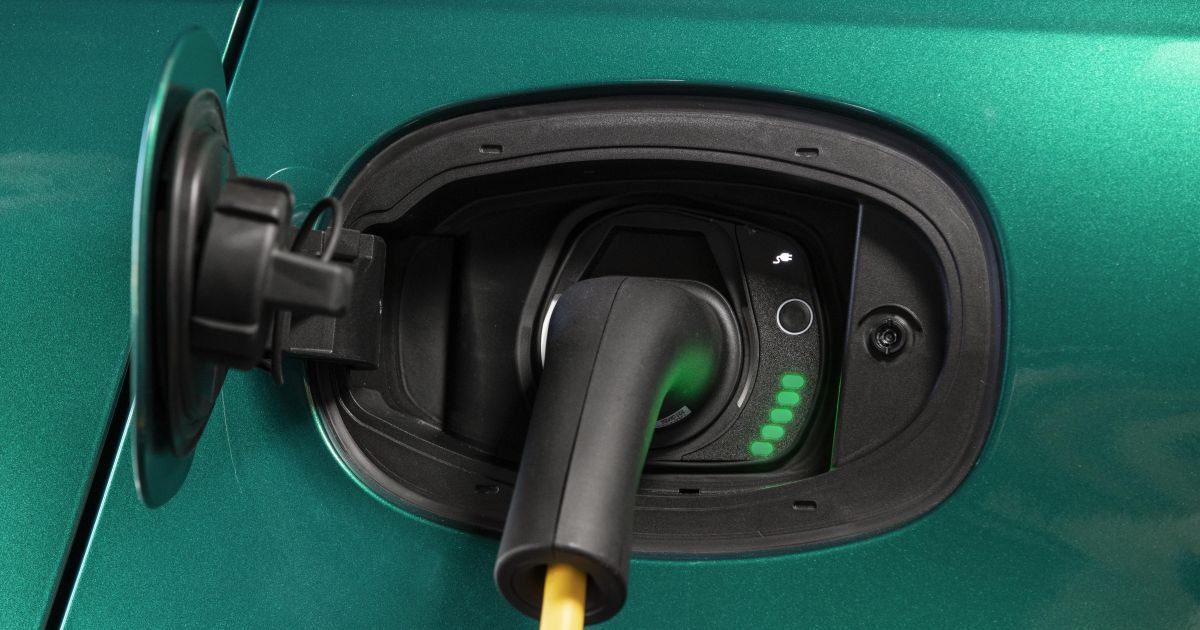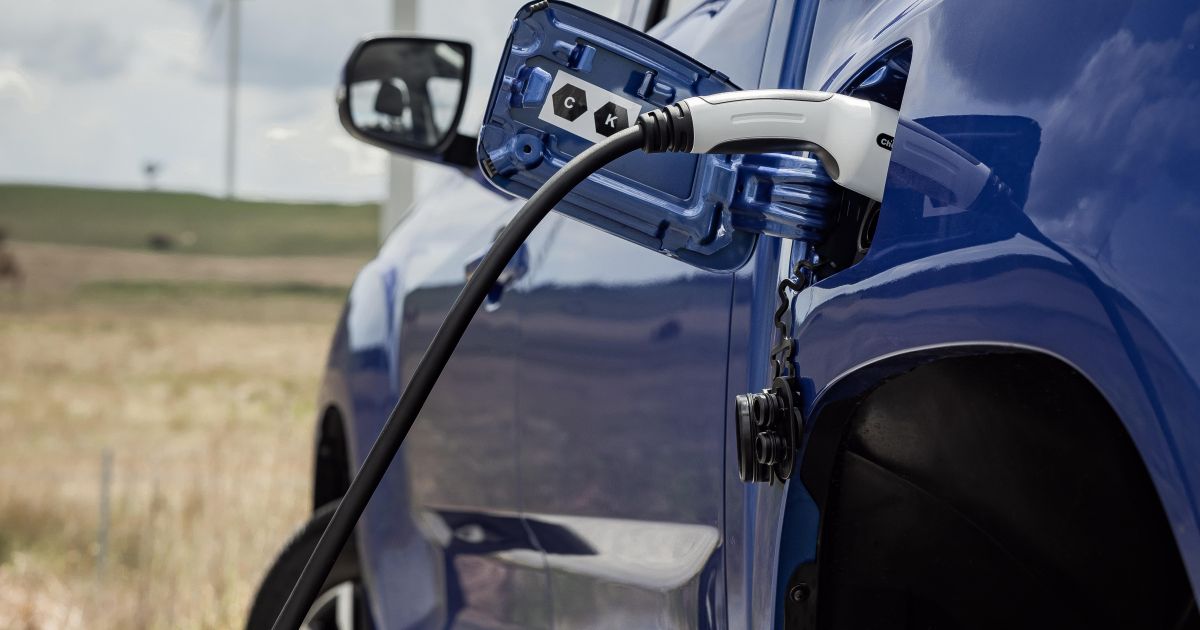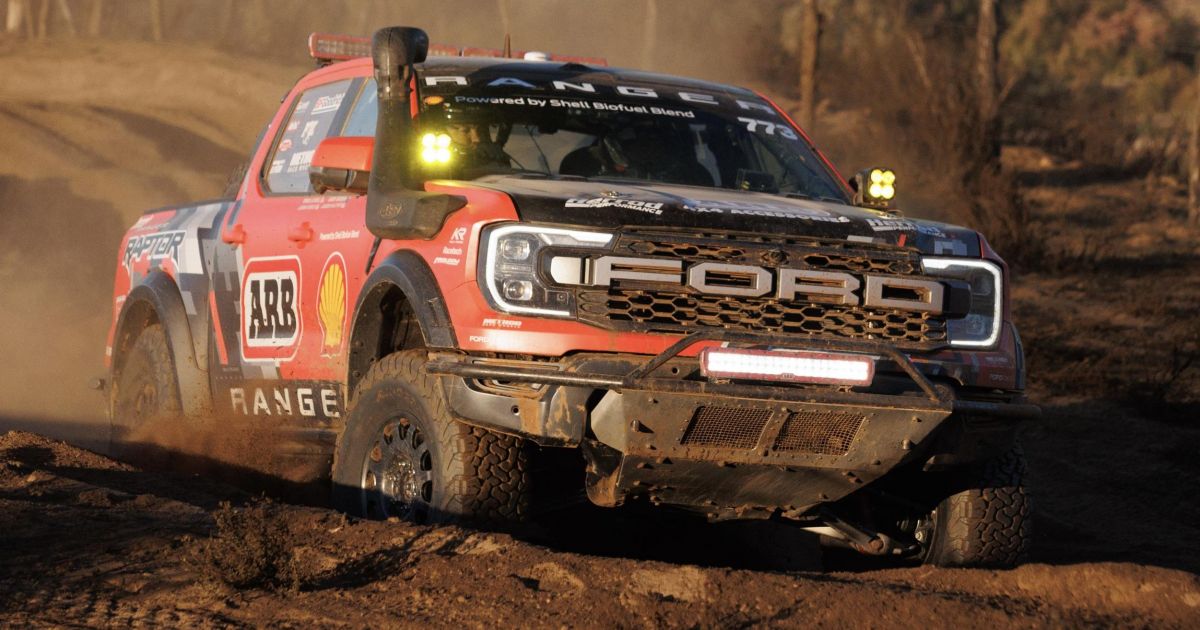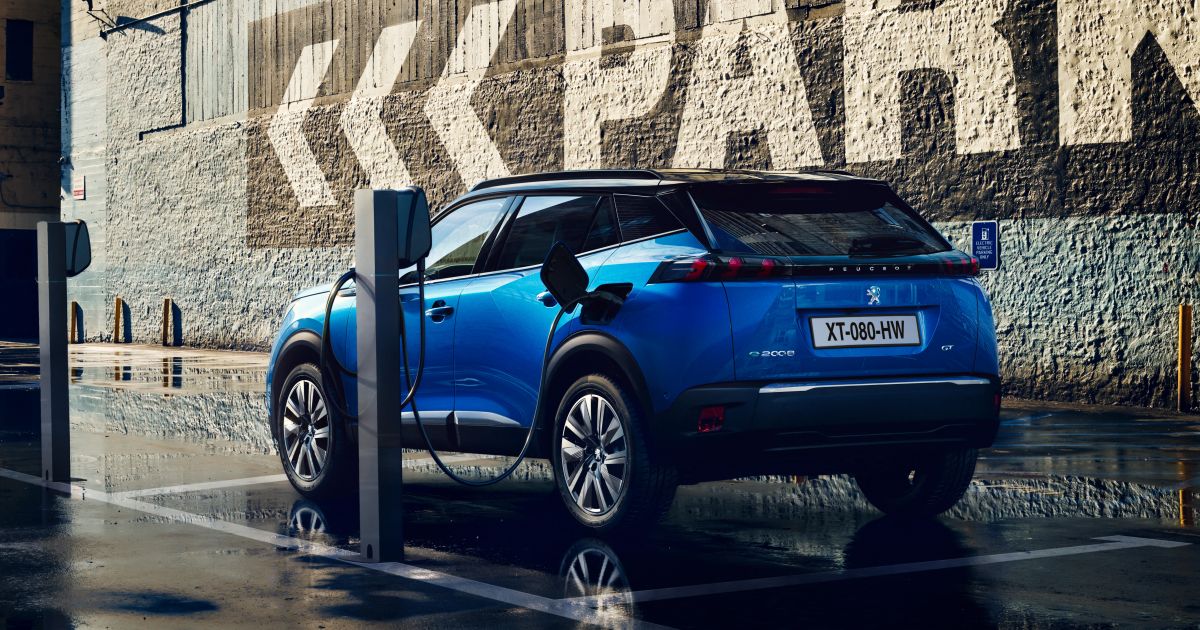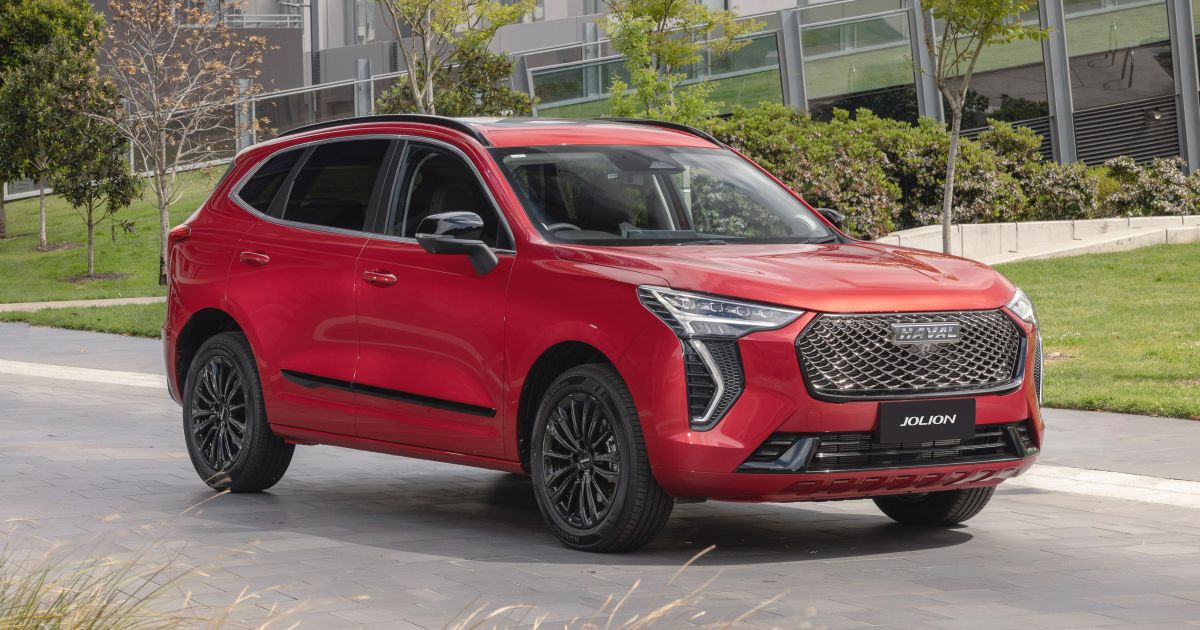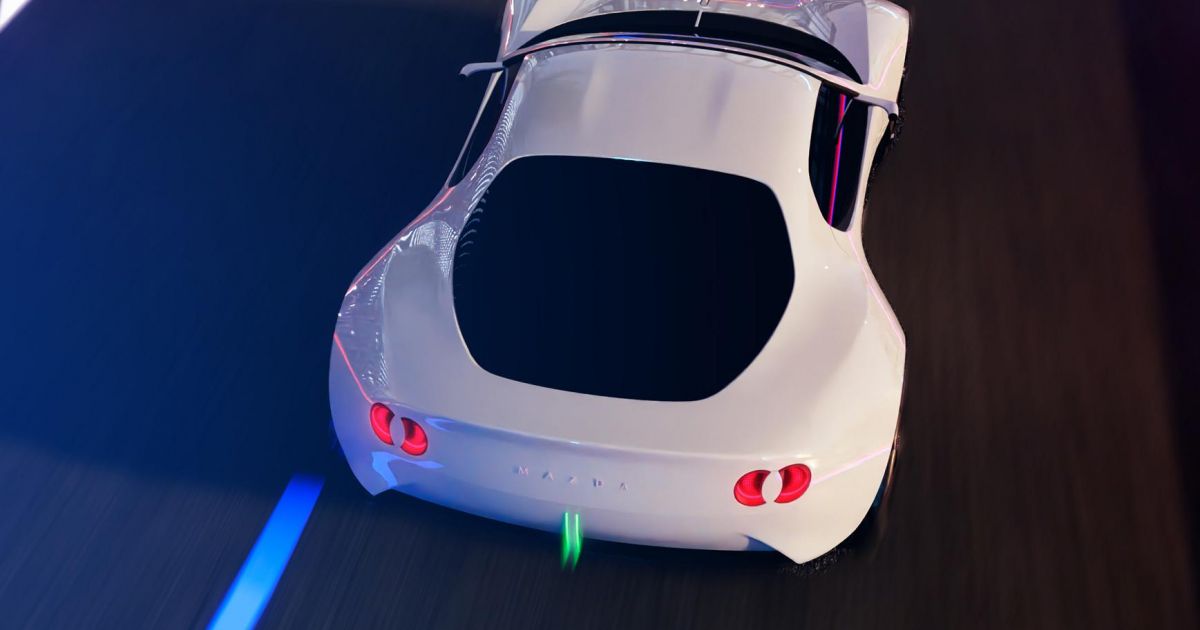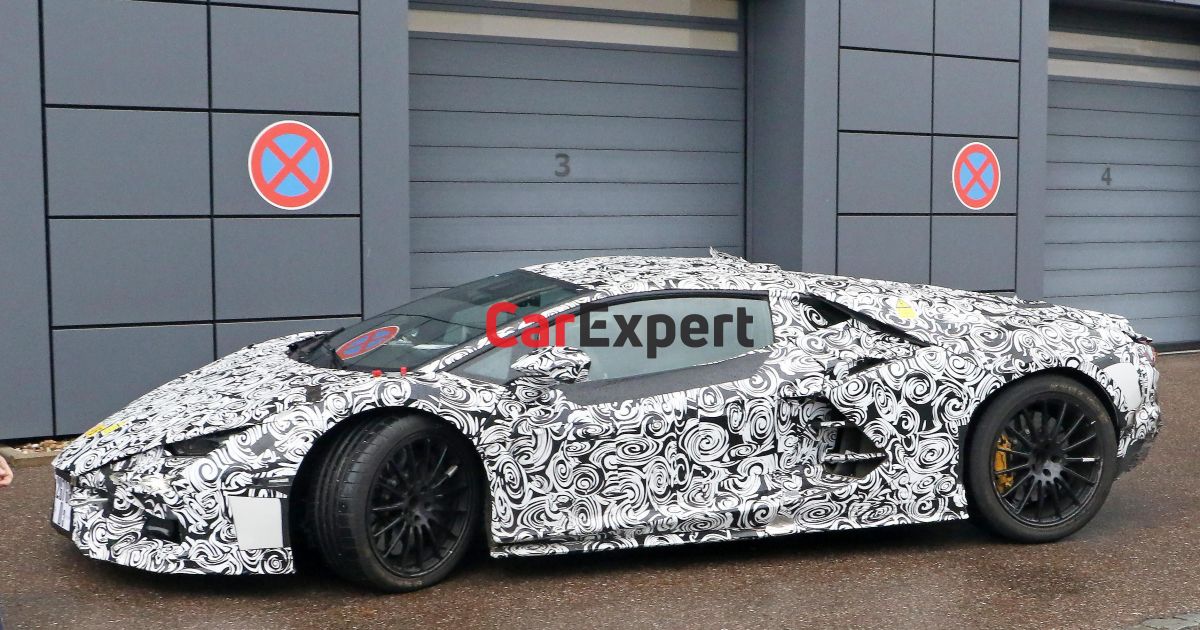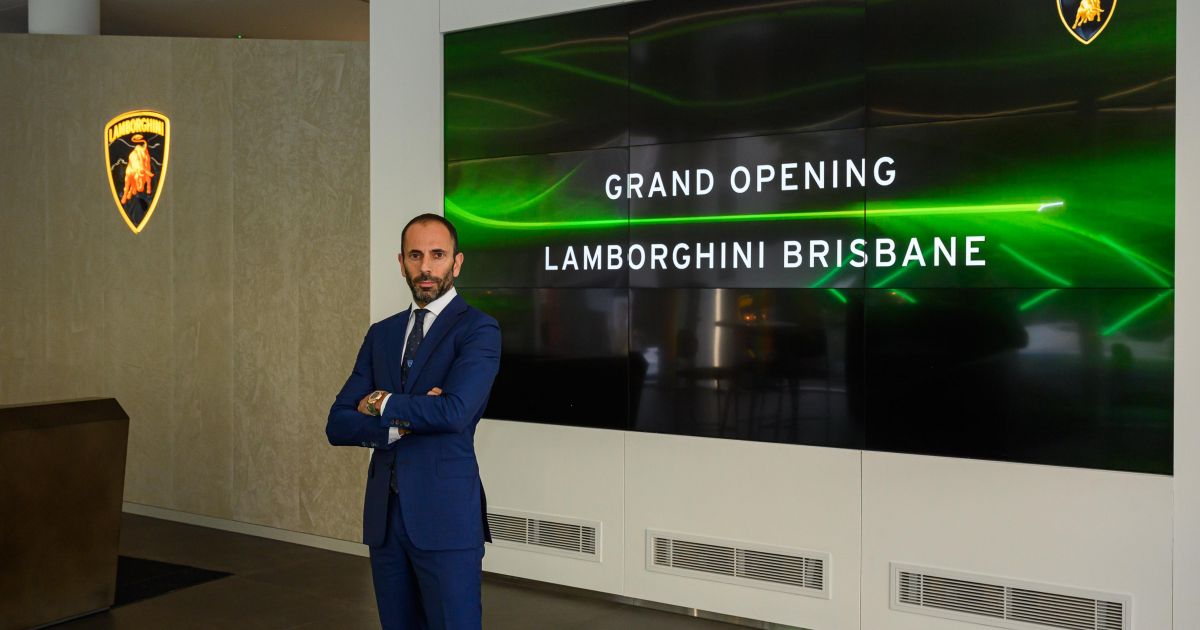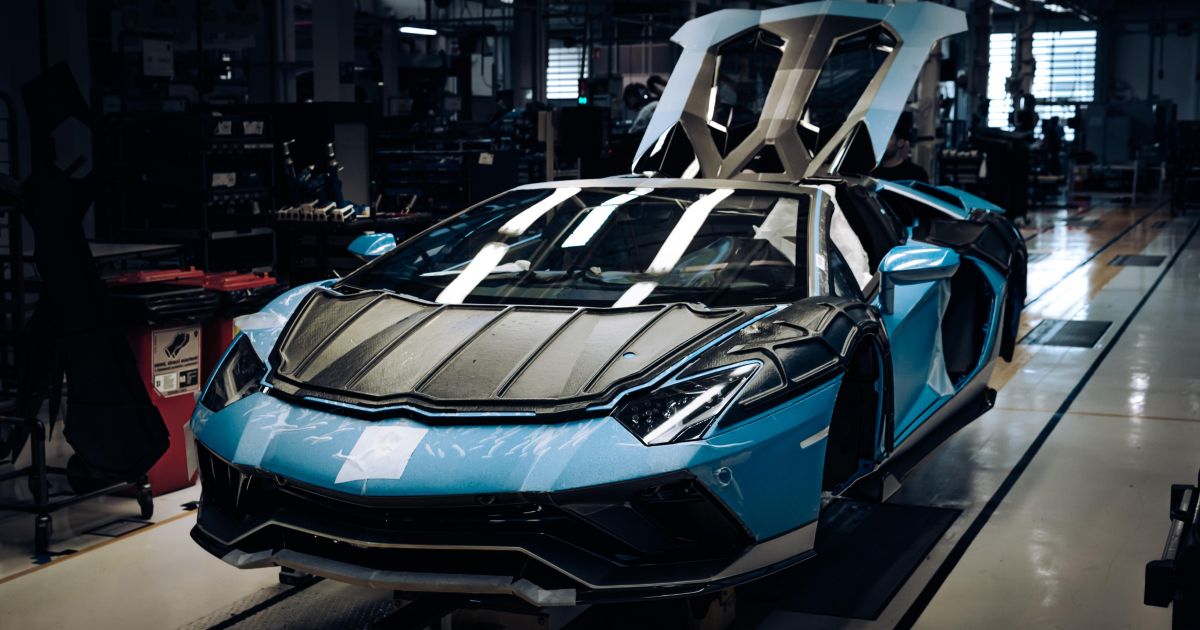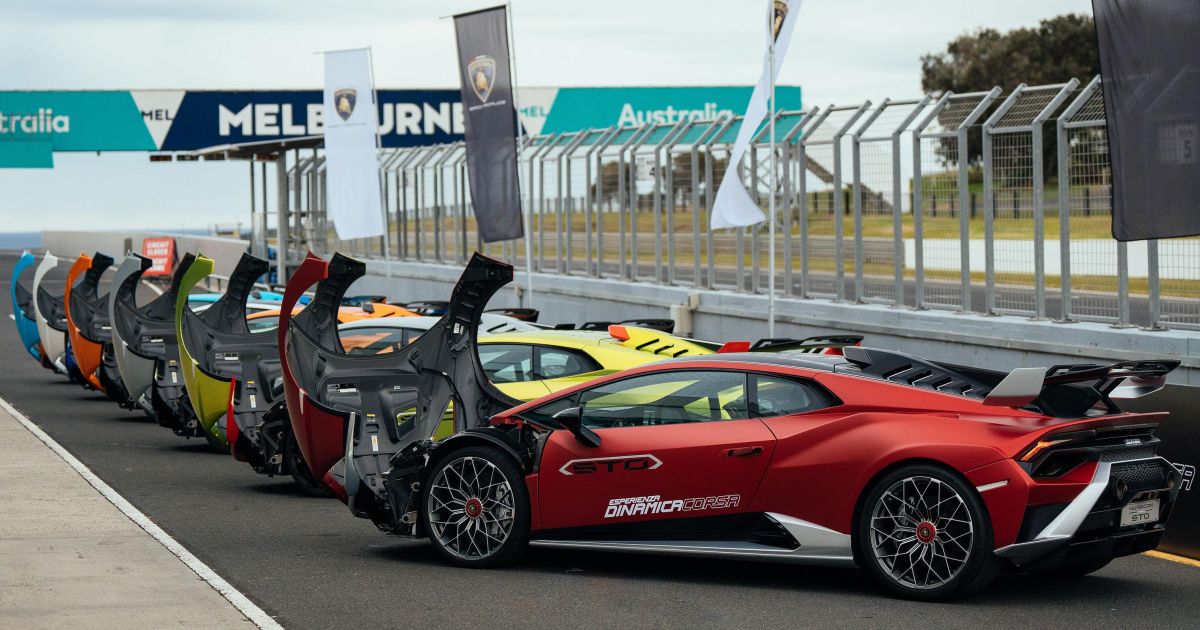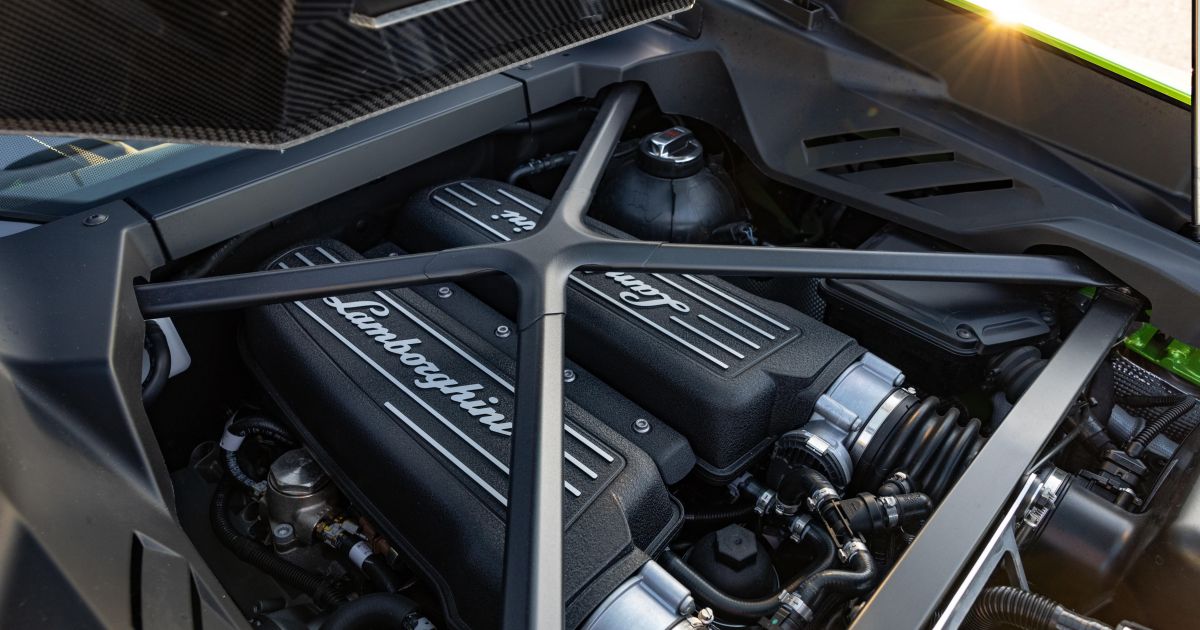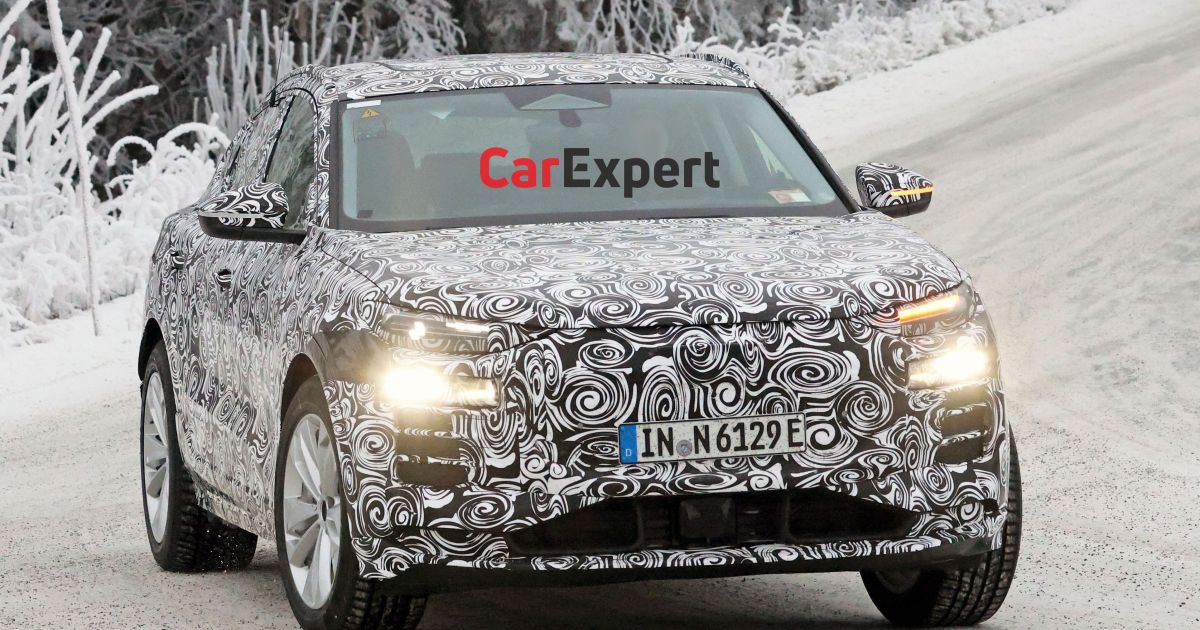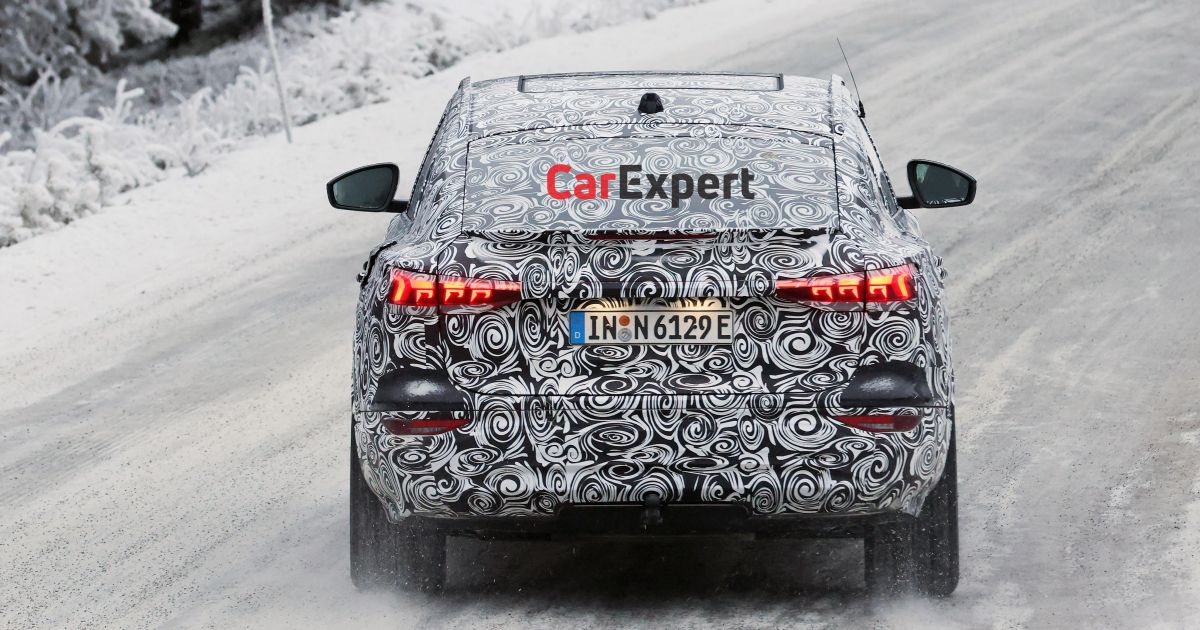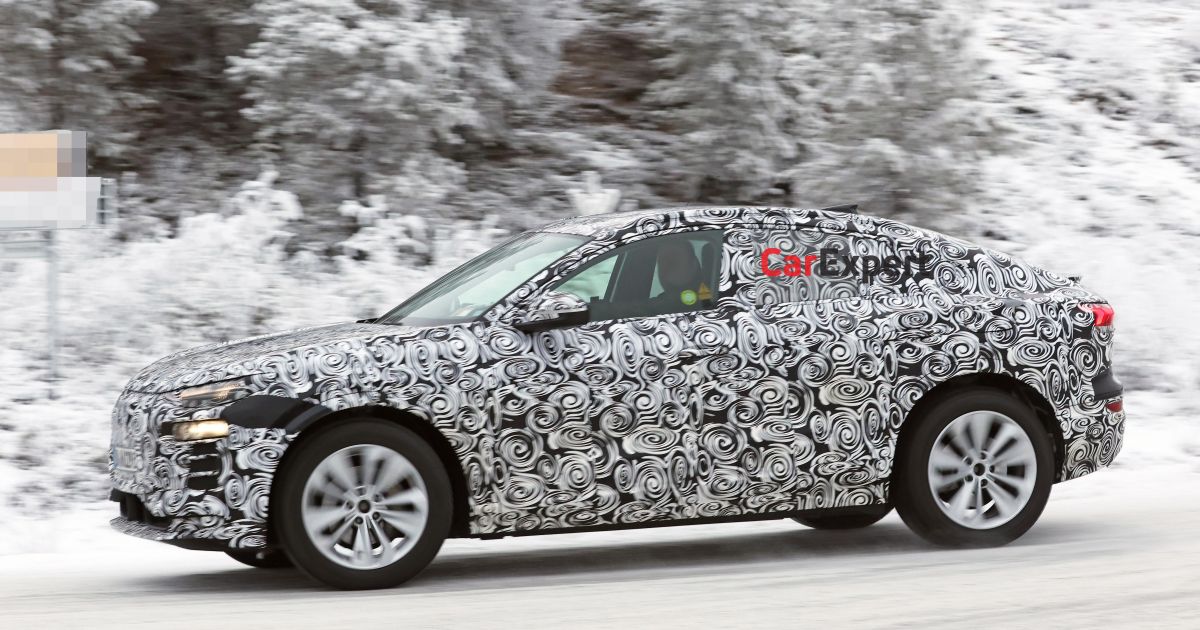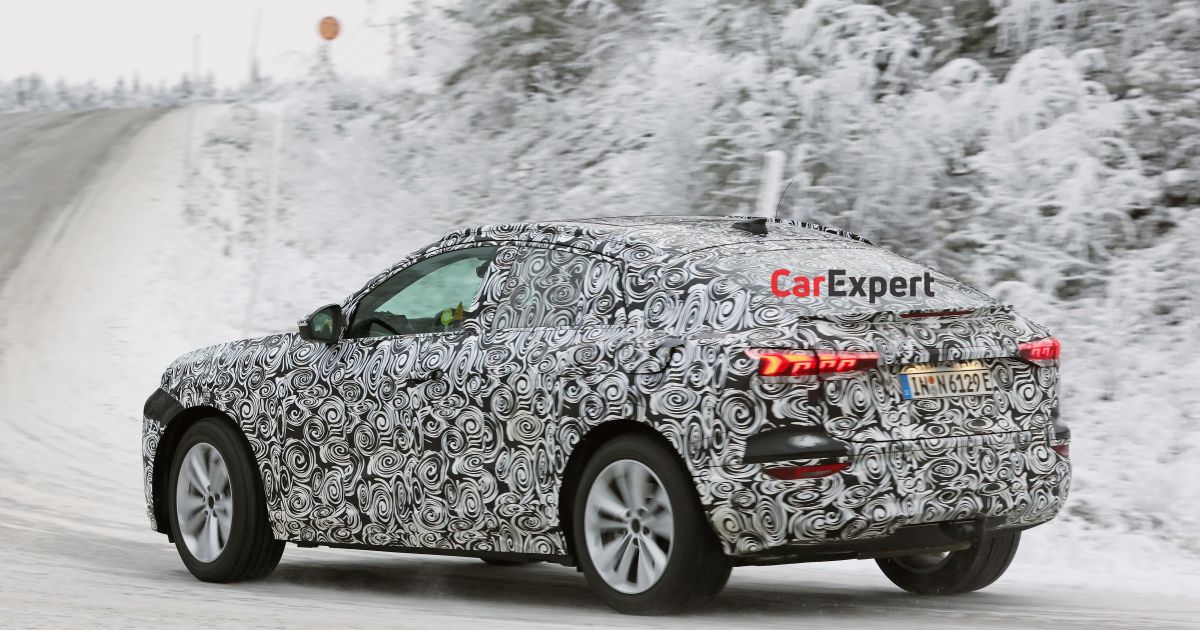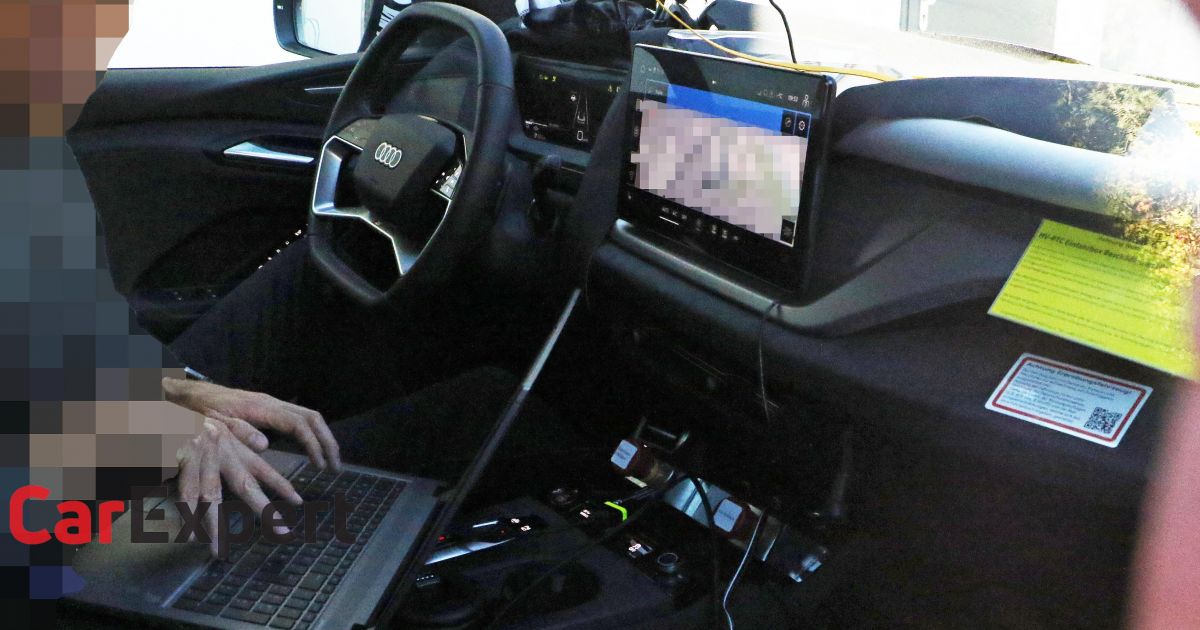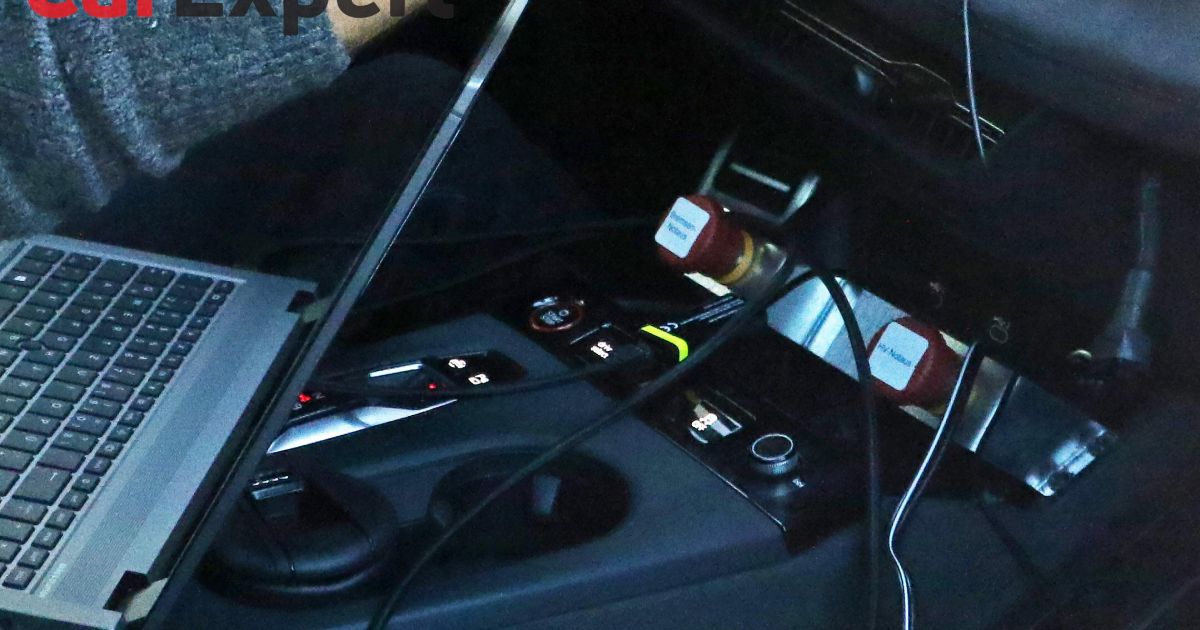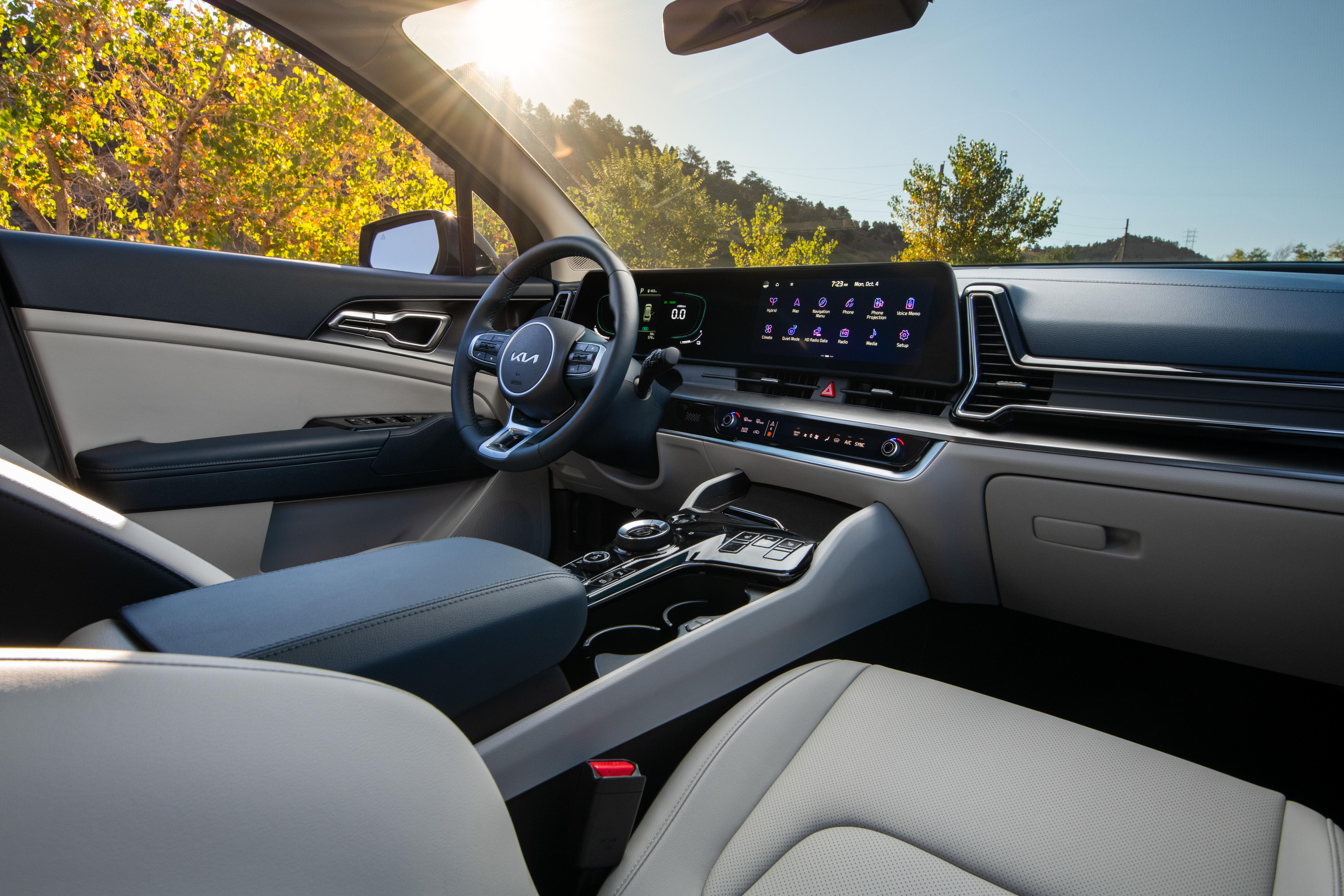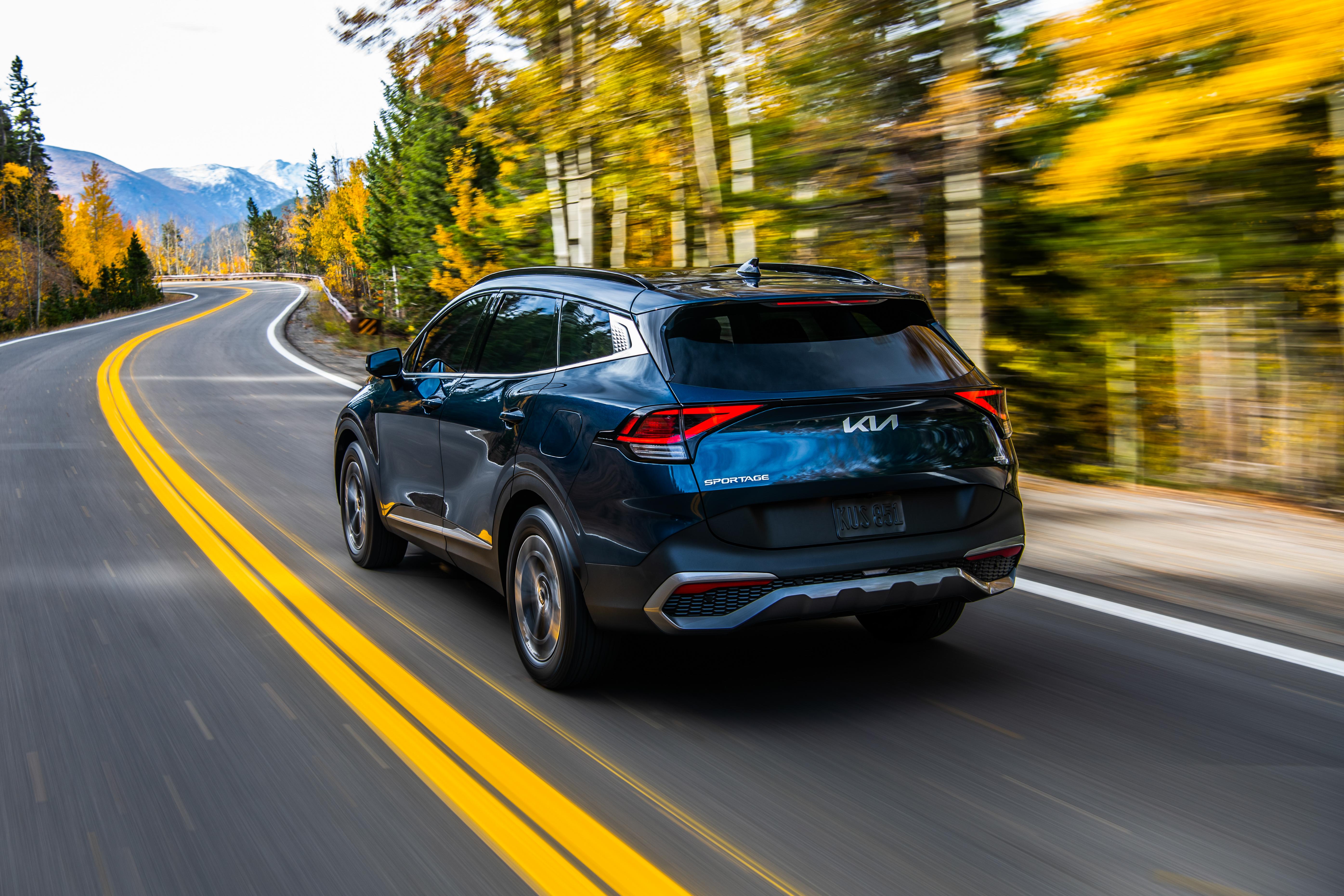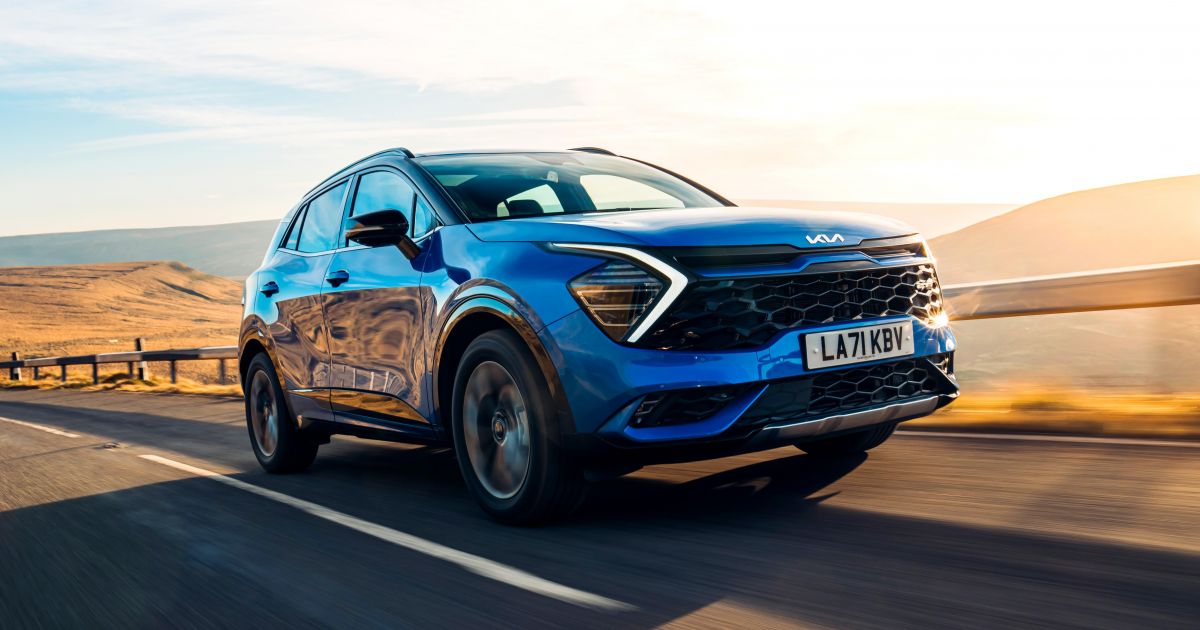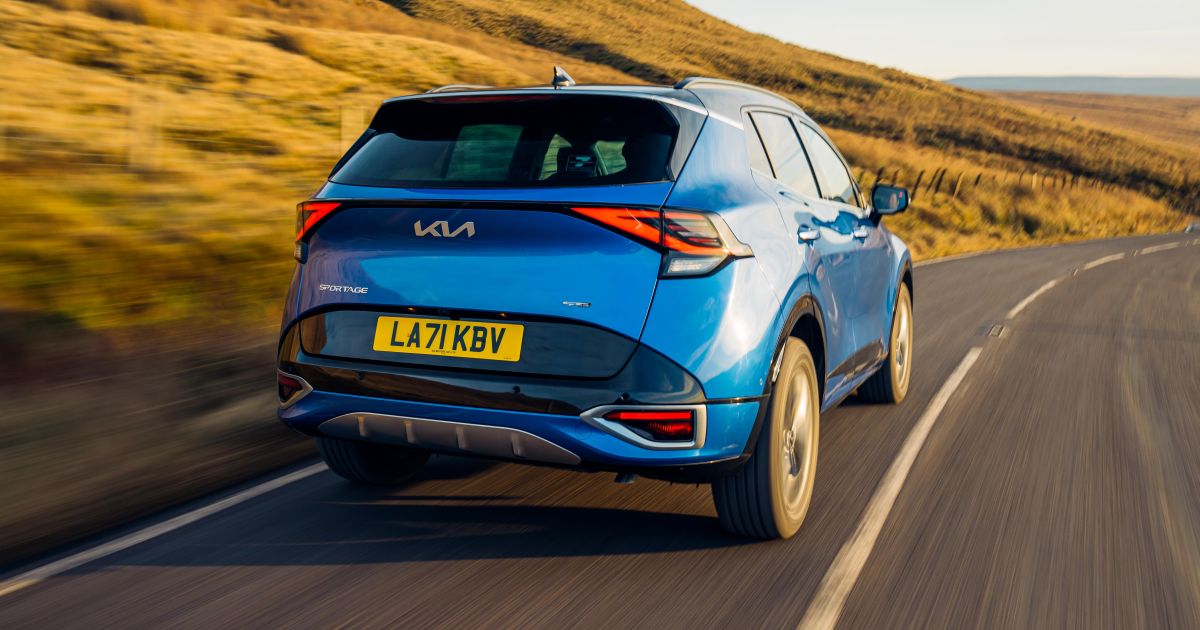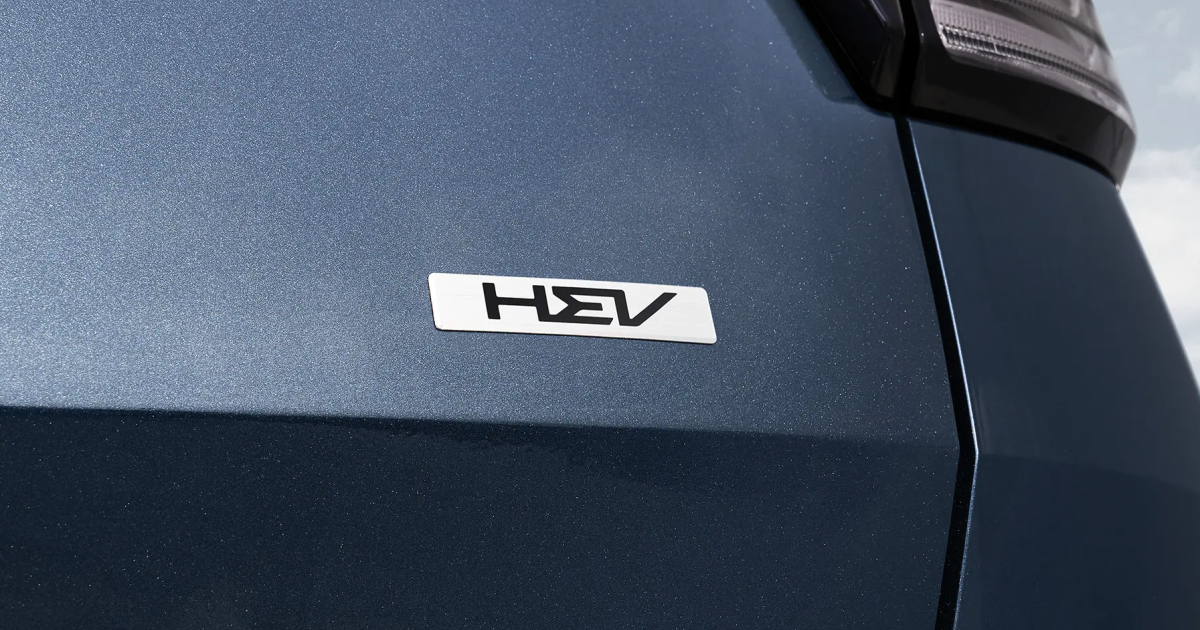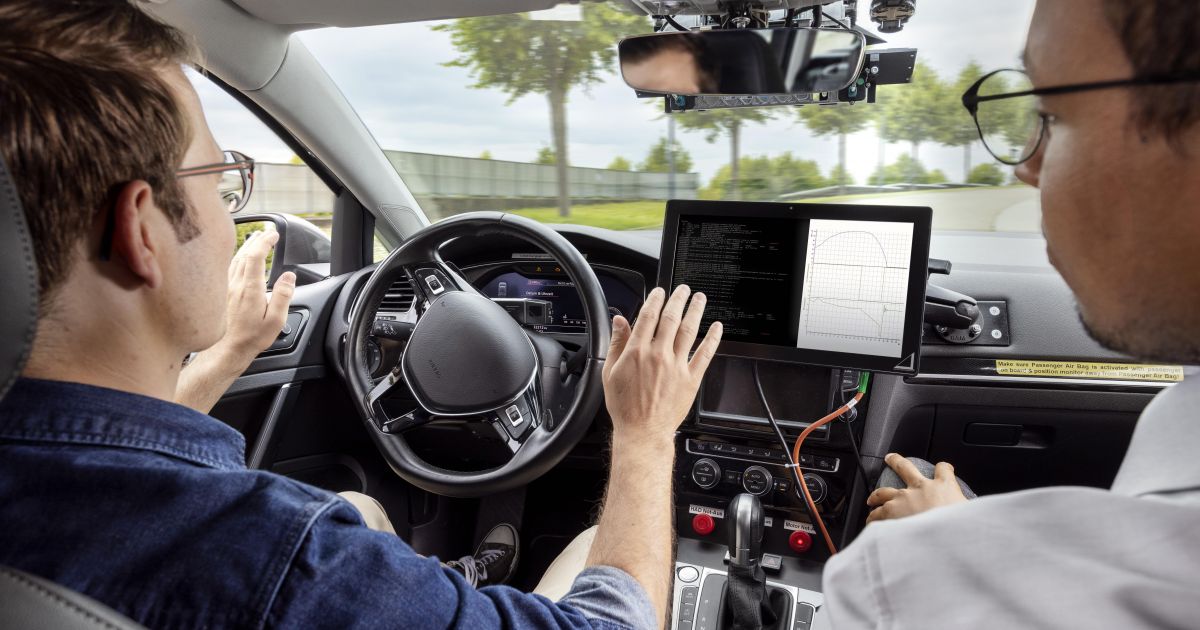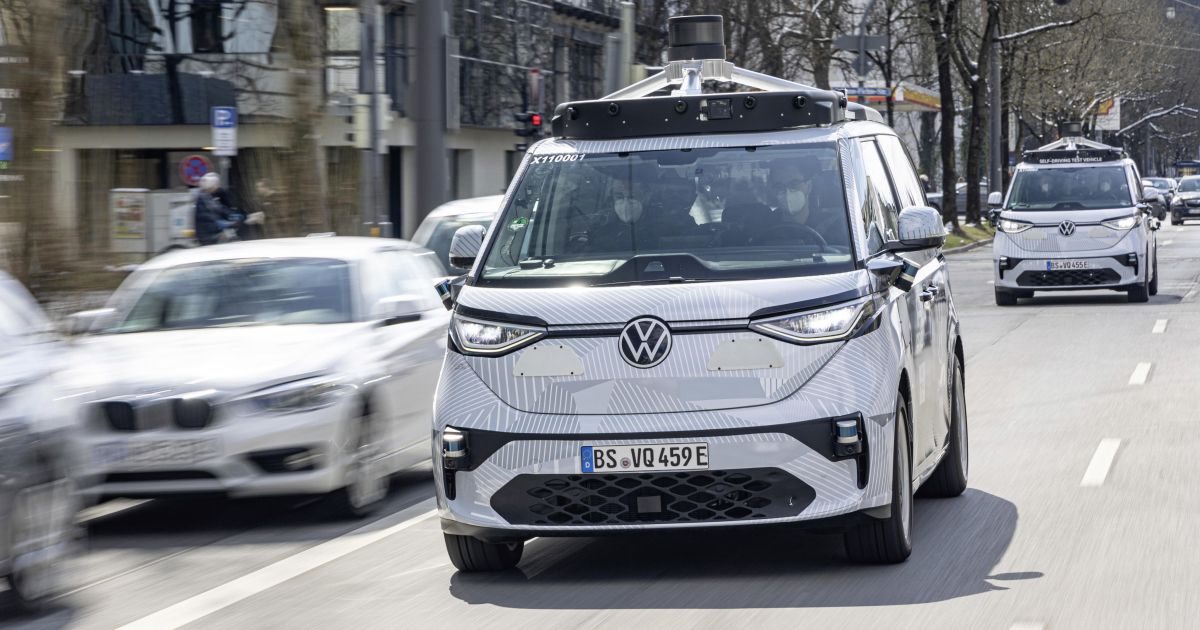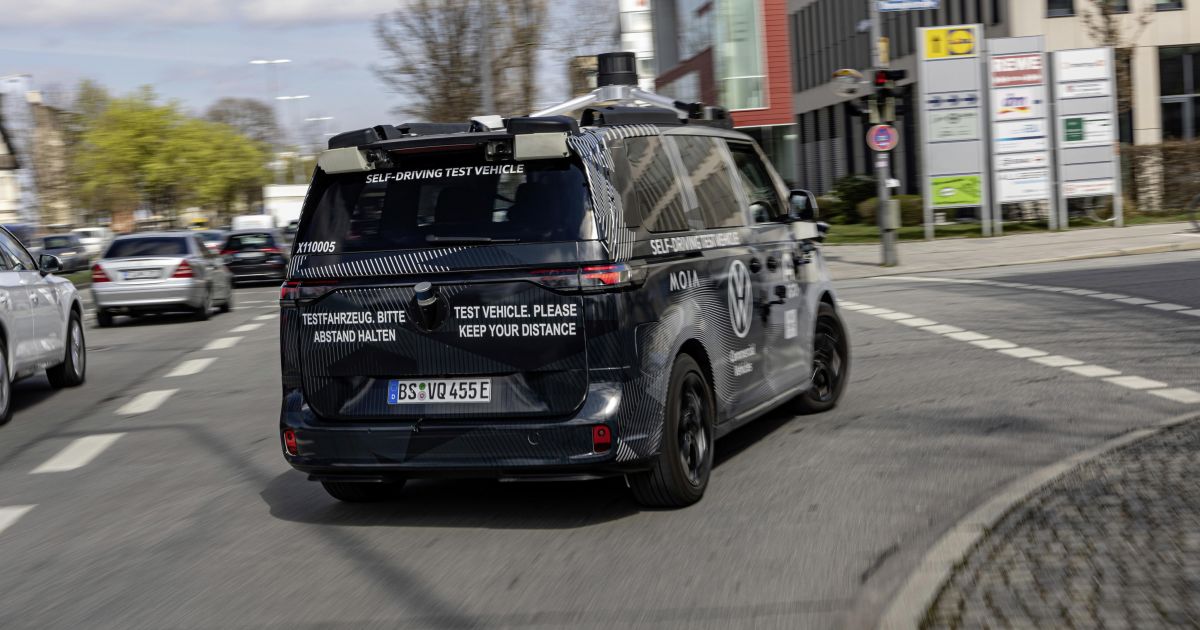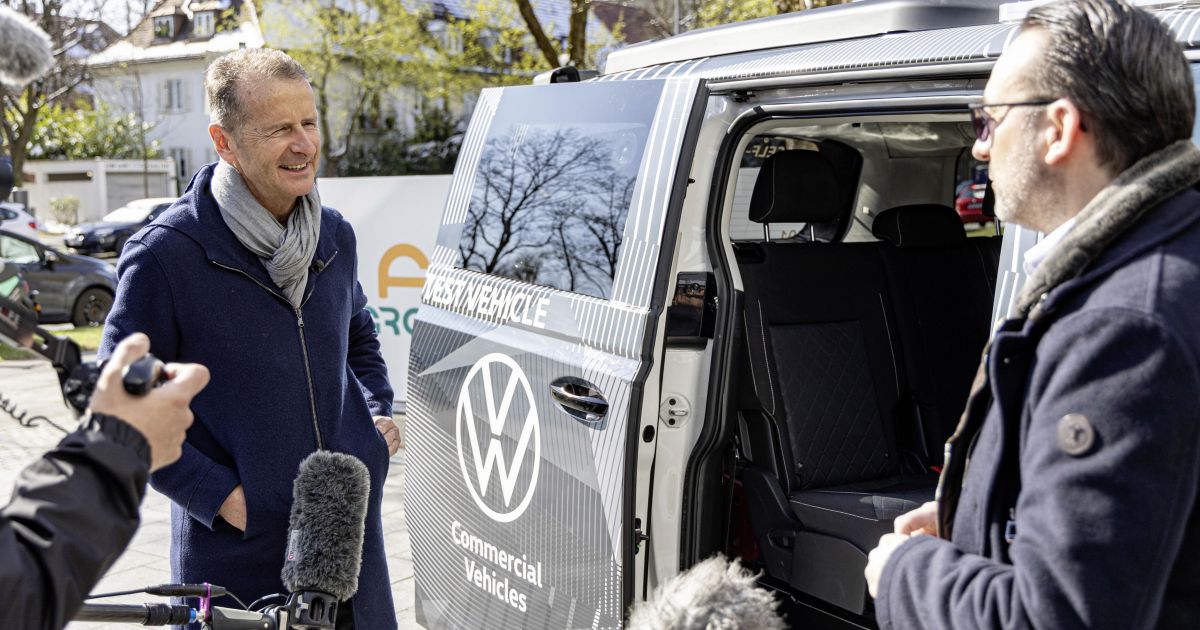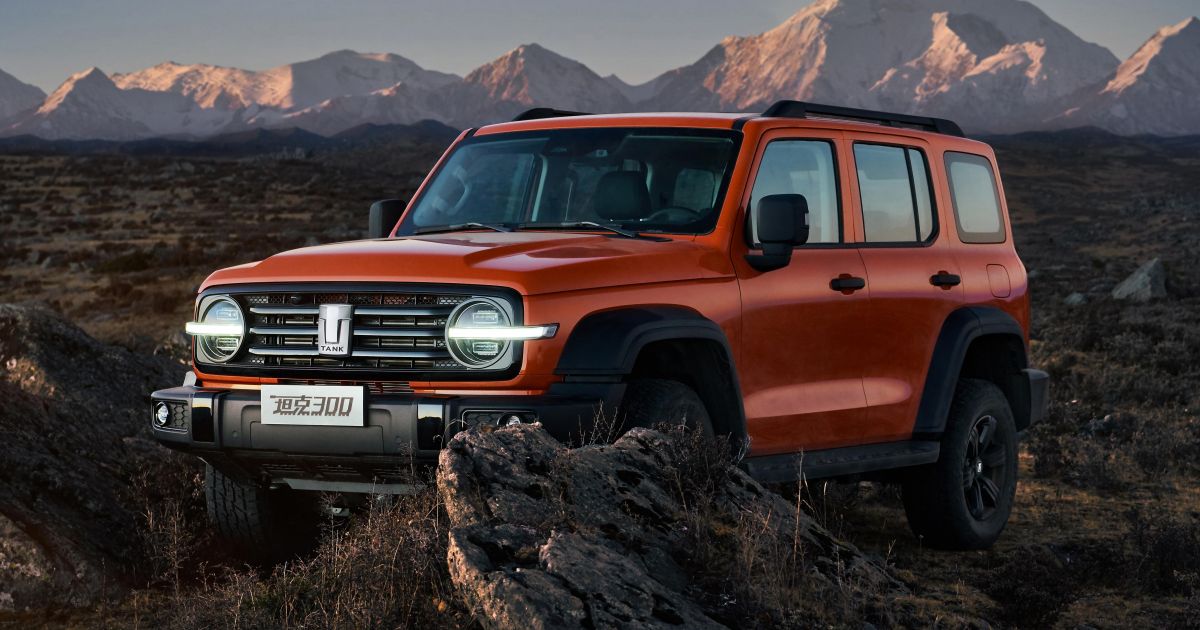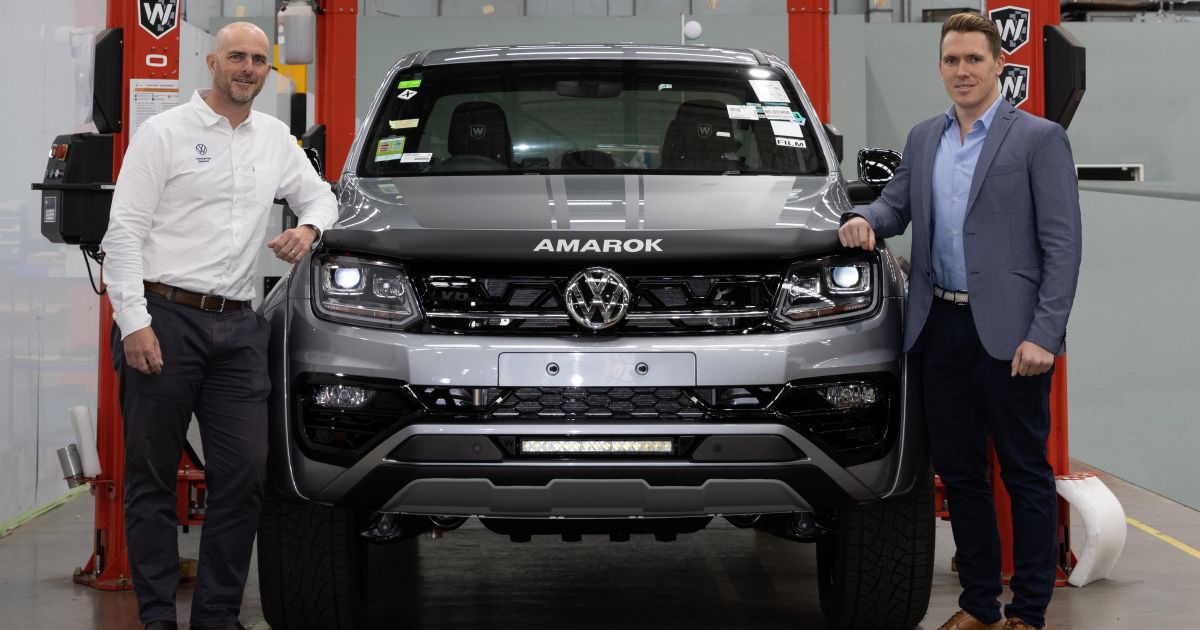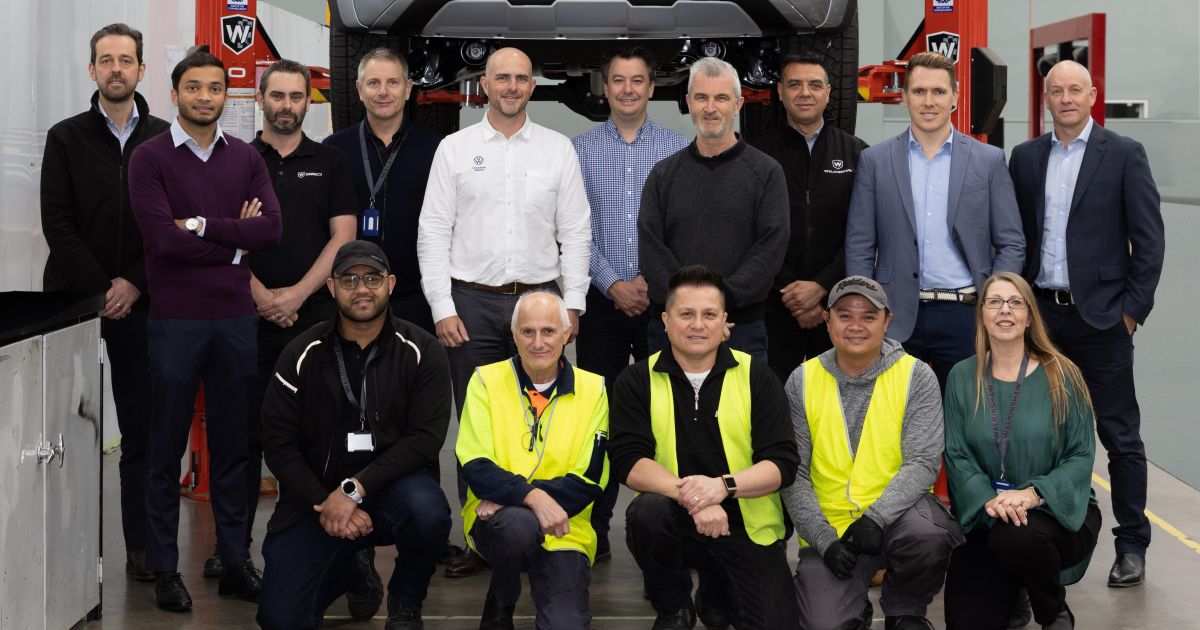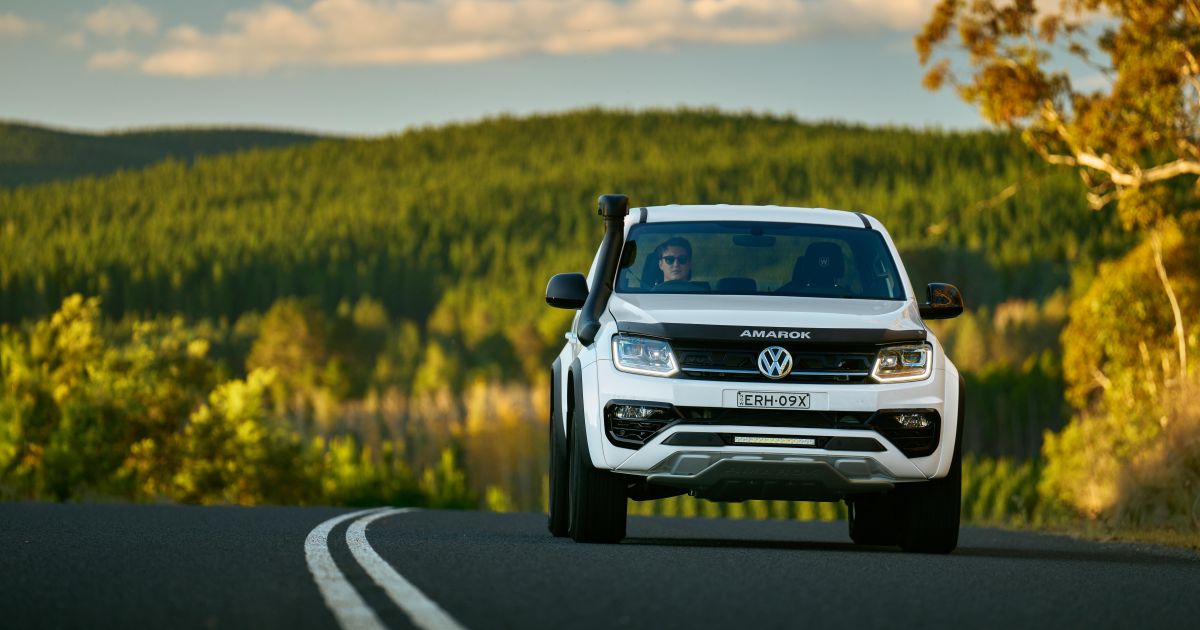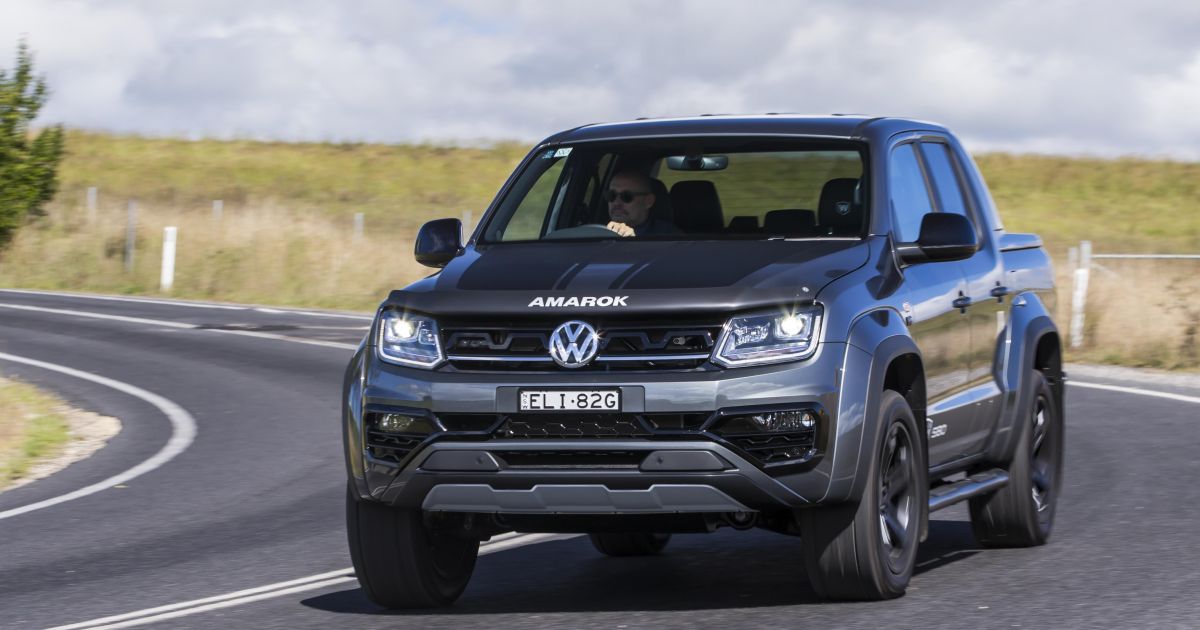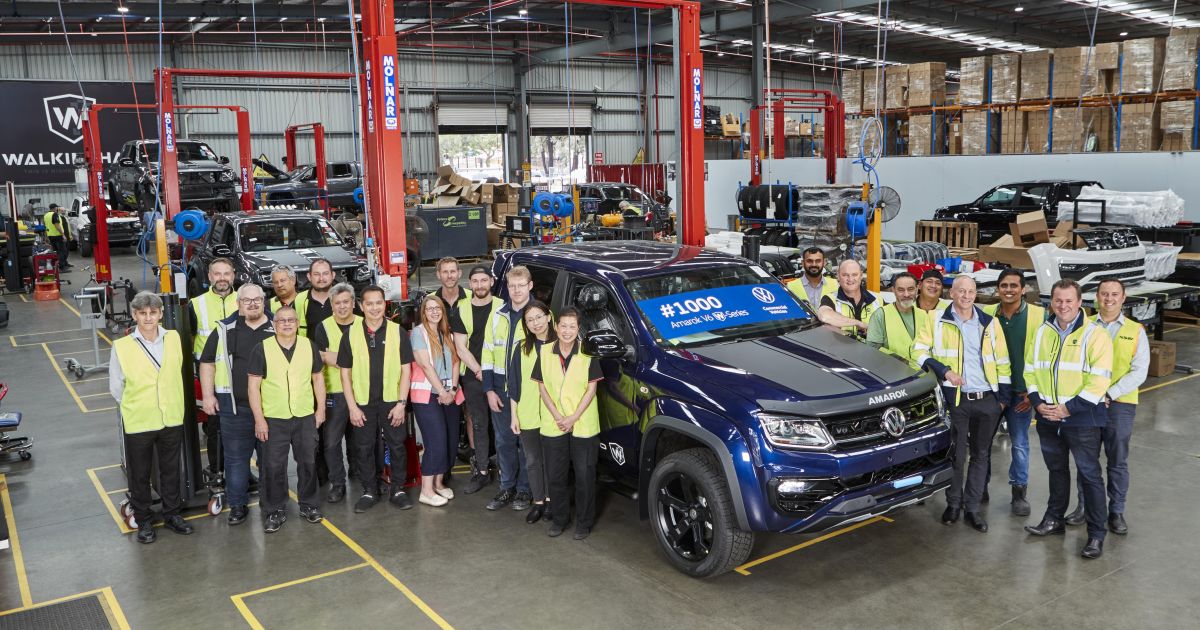This week in news: November 21-25
We publish a ton of car news stories during the working week, and it can be tough to keep up with everything – which is the rationale behind this weekend list.
In short, here are some key articles from our news desk since Monday of this week summarised, just in case you missed them at the time.
Five-star Atto rating
The BYD Atto 3 has cleared one of the last stumbling blocks in its Australian rollout, receiving a five-star rating from safety authority ANCAP that applies to the budget electric vehicle locally.
It had received a five-star rating from ANCAP for New Zealand, but no rating was applied for Australia.
This was due to an issue with the placement of child restraint anchor points that had also led BYD’s local distributor, EVDirect, to suspend sales of the vehicle from October 21 until earlier this month.
FULL STORY: BYD Atto 3 receives five-star ANCAP safety rating for Australia
Ultra exclusive Bimmer
BMW has revealed its exclusive two-seat 3.0 CSL, commemorating 50 years of the M division by resurrecting an iconic nameplate from its early days.
Just 50 units will be produced of the 3.0 CSL over three months by a team of 30 technicians, with carbon fibre reinforced plastic (CFRP) components produced by hand. Each model will take up to 10 days to roll off the production line.
It’s unlikely any of these will come to Australia. BMW hasn’t revealed the price, but it’s rumoured to be between €600,000 to €700,000 ($A923,610 to $A1.07 million).
FULL STORY: 2023 BMW 3.0 CSL revealed
Volkswagen branches into specialist vans and trucks
Volkswagen Commercial is rolling out a range of ‘turn-key’ specialist vehicles such as a wheelchair-ready Caddy, and Crafter-based tippers, cold storage trucks, and luxury motorhomes.
Rather than needing to buy base vehicles and take them to a specialist converter, these for-purpose commercials are (or will be) available ready-to-go from VW dealers – with warranties.
The conversion work is being done by Volkswagen-approved (OEM level) third-parties in Europe and the UK with longstanding VW dealings, or by partner organisations in Australia such as Jayco, Walkinshaw and ARB.
FULL STORY: Volkswagen rolling out specialist conversion models with factory backing
Toyota accepts the need to trim its outlook
Toyota this week cut its financial year production outlook by 500,000 cars, citing ongoing supply chain issues.
The company downgraded its Japanese FY2023 production forecast from 9.7 million units to 9.2 million units – having stuck to its original target for months.
Toyota did hint at an incoming revision to its production plan in late October, when it was announcing another monthly cut.
FULL STORY: Toyota cuts global production outlook by half a million cars
Jeep delays Grand Cherokee
The launch of the shorter, five-seat version of the new WL-series Jeep Grand Cherokee has been pushed into next year.
A spokesperson for Jeep Australia has confirmed it will now launch locally in the first quarter of 2023, instead of at the end of this year as had previously been announced. Delays have also pushed the launch of the 4xe variant, Jeep Australia’s first plug-in hybrid offering, into the second quarter of 2023.
While a specific reason for the delay wasn’t cited, CarExpert understands it’s due to the same kinds of supply chain issues affecting myriad automakers. Jeep has also cited supply chain issues as one of the reasons for recent price increases across its range.
FULL STORY: Jeep Grand Cherokee two-row delayed to early 2023
Amended EV tax cuts enter law
The Albanese Labor Government has secured the support of the Australian Greens and Senate independent David Pocock for its electric vehicle (EV) incentives bill, though not without a couple of amendments.
The Greens, Senator Pocock and the Government have agreed to the following amendments to the Treasury Laws Amendment (Electric Car Discount) Bill:
- Sunsetting support for plug-in hybrids on April 1, 2025
- Prioritising electric vehicles in the Australian Government’s fleet procurement policy by removing plug-in hybrids except in “exceptional circumstances”
FULL STORY: EV discount bill set to pass with amendments regarding PHEVs
Plug-in pickup’s eye-widening price
China’s LDV has carved out a presence in Australia’s huge ute segment with its diesel-powered T60, offering a rough-but-ready alternative to a used HiLux backed by a new-car warranty.
Now though, LDV wants to go from follower to leader, and has beaten all its competitors to the punch when it comes to going electric.
No, the dual-cab market won’t shift away from diesel overnight. But there are a lot of fleet operators in particular keen on starting to get their heads around battery-powered workhorses.
FULL STORY: 2023 LDV eT60 price and specs
Aussie-built Raptor shows its Baja chops
A largely Australian-developed new-generation Ford Ranger Raptor using mostly stock components blitzed the iconic Baja 1000 off-road race over the weekend.
Granted, the event’s ‘Stock Midsize’ category comprised one entrant, but from a promotional and marketing perspective – which is sort of a key point to this exercise – it’s the finish that counts. A full results rundown is here.
The Ranger Raptor Baja racer used the road version’s 3.0-litre twin-turbo petrol V6 – fed by a lower-carbon biofuel – 10-speed automatic transmission, driveline, and suspension.
FULL STORY: Ford Ranger Raptor finishes Baja 1000, thereby tops stock category
Spark Pug: Peugeot preps EVs
Peugeot Australia will introduce its first electric vehicle in 2023 in the form of a van, but it might not be alone.
Electric versions of the 208 hatchback and 2008 crossover could also be headed Down Under before the end of next year, the company has confirmed.
Peugeot Australia managing director Kate Gillis hinted to CarExpert the e-208 and e-2008 are likely to be the next two cabs off the rank following the electric commercial vehicle that’s slated to kickstart the French brand’s EV assault.
FULL STORY:
Peugeot e-208, e-2008 could hit Australia in 2023
Jolion gets a boost – literally
The GWM Haval Jolion is getting a performance boost.
Following the introduction of the efficiency-focused Jolion Hybrid earlier this year, the Chinese brand is introducing the 2023 GWM Haval Jolion S, a more powerful sports variant complete with a more sophisticated independent rear suspension system priced from $36,990 drive-away.
Bridging the gap between the Jolion Ultra and the Jolion Ultra Hybrid, the Jolion S gets a 130kW/270Nm version of the base car’s 1.5-litre turbocharged four-cylinder petrol engine – increases of 20kW and 50Nm – and swaps out the torsion beam rear suspension of other Jolion models for a multi-link rear setup.
FULL STORY: 2023 GWM Haval Jolion S on sale from $36,990 drive-away
Silent pocket rocket
Abarth, the performance arm of Fiat, has unveiled its first electric model – the 500e hatch and cabriolet – after it was leaked last month.
It’s due here late in 2023, following the local launch of the related Fiat 500e early next year. That’s a much shorter delay than the Fiat is experiencing, having first launched in Europe in 2020.
Abarth says the 500e provides more performance than the petrol 695, with improved responsiveness in city driving that sees it go from 19 to 40 km/h 50 per cent faster thanks to “improved weight distribution, better torque, and a wider wheelbase.”
FULL STORY: 2023 Abarth 500e EV revealed, in Australia late 2023
Mazda makes a few big statements about its plans
Mazda has confirmed it’ll increase its electric vehicle (EV) development budget, revealed alongside a slinky sports car concept.
As part of its revised “mid-term management plan” Mazda now intends to invest ¥1.5 trillion ($16 billion) to develop electric vehicles as part of a three-phase strategy.
In the first phase (2022 until 2025) Mazda will develop a new dedicated EV architecture, while releasing hybrid and plug-in hybrid vehicles to reduce carbon emissions.
FULL STORY: Mazda confirms $16 billion EV announcement, reveals slinky concept


